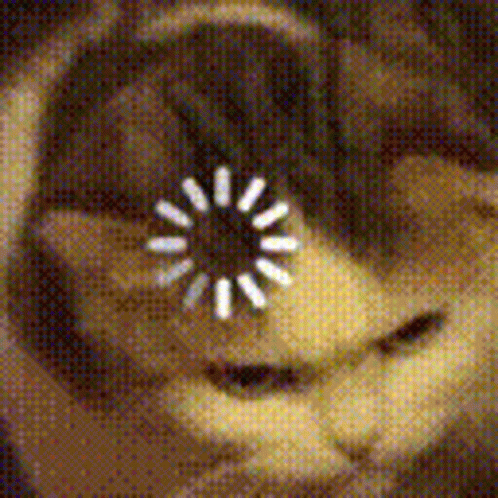Dylan B. Dryer’s essay “Writing Is Not Natural” highlights that writing is a technological process not a natural extension of speech. Writing is learned and involves translating through symbols that substitute sounds, but not all sounds are the same for all people. Gestures, expressions, and clarifications, are used in speech, but these are not available in writing. Being limited with emotional expression causes many to struggle with writing because of the comparisons of the two. Writing is a technology with its own set of limitations and challenges, authors should not shame themselves for their misunderstandings that can happen when writing.

I chose this GIF because to me it shows how frustrating and hard it can be to write. Many have a hard time understanding writing. This GIF shows a woman putting her head down while surrounded by crumpled papers its visible that she is struggling and frustrated.




